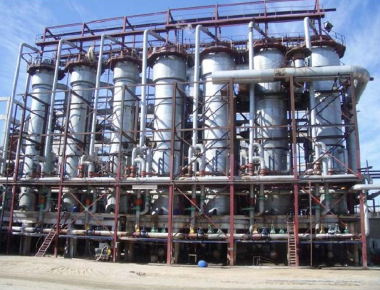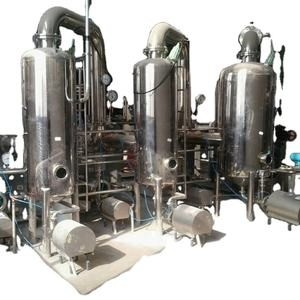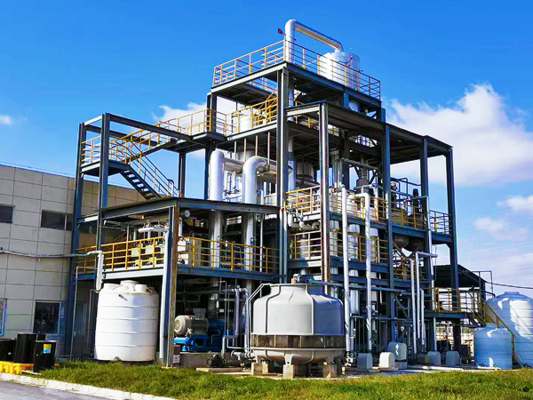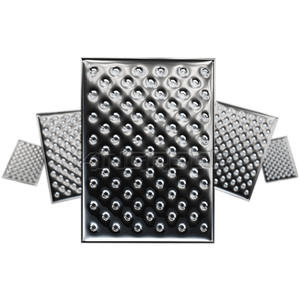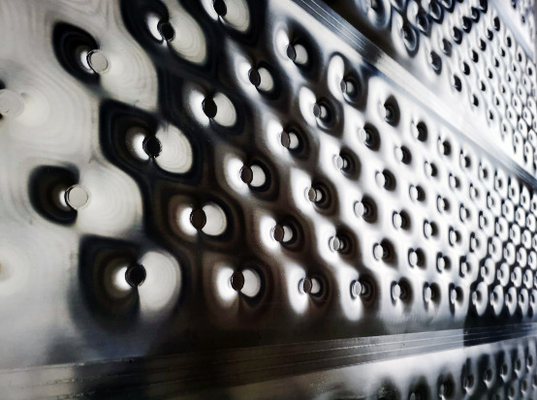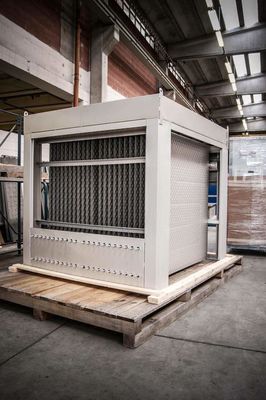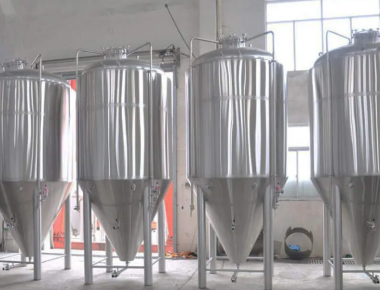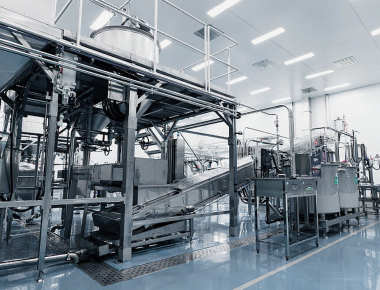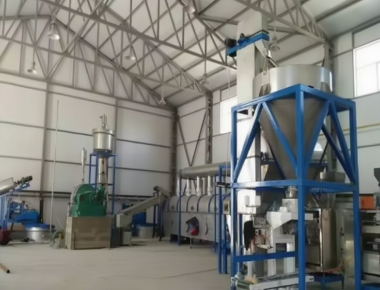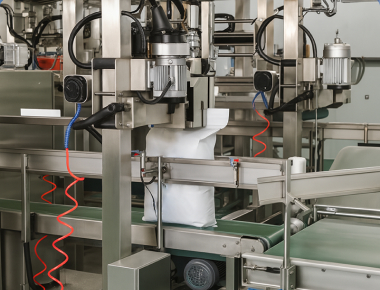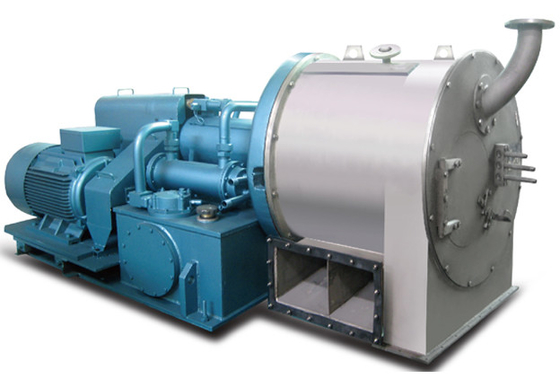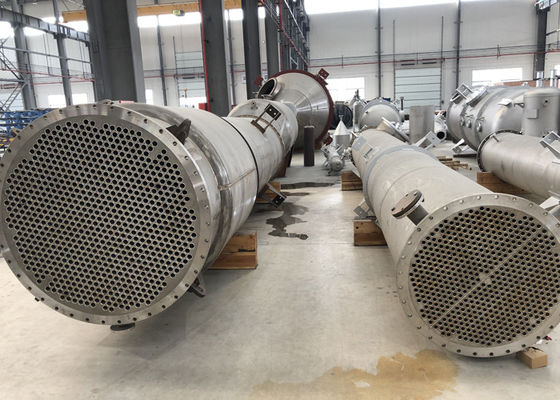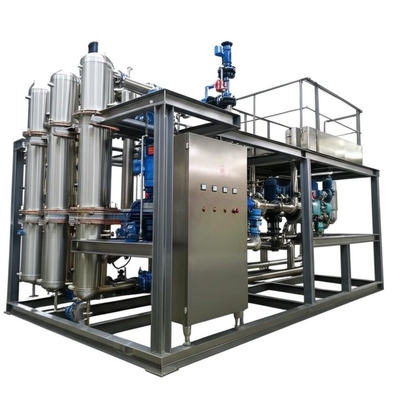Stainless Steel MVR Evaporator For Food, Chemical And Environmental Applications

Engineer-to-order Mechanical Vapor Recompression (MVR) evaporator built in food-grade stainless steel (SS316L/duplex options) for food & beverage, fine chemicals, and environmental duties including ZLD. Operating under vacuum, the system recompresses secondary vapor as the primary heat source to deliver low OPEX, stable throughput, and high-quality condensate suitable for reuse or further polishing.
- Hygienic design: food-contact materials, drainable layouts, smooth finishes, optional CIP/SIP
- Automatic operation: PLC/HMI recipes, alarms, historian, remote diagnostics; 24/7 continuous duty
- Energy efficiency: minimal fresh steam after start-up; electric-driven vapor recompression
- Site customization: power (380–480 V LV / 3.3–11 kV MV), utilities, layout, effluent/product specs
Key Benefits
- Energy Savings: Mechanical vapor recompression recycles latent heat, cutting steam demand and OPEX.
- Product Quality: Falling film/forced circulation operation ensures stable concentration and crystal control.
- Versatility: Suitable for food-grade, chemical, and environmental wastewater/ZLD applications.
- Reliability: Continuous 24/7 operation with redundancy, CIP-ready design, and low downtime.
- Sustainability: High-quality condensate recovery reduces freshwater demand and supports environmental compliance.
Process & Thermal Economy
Secondary vapor is mechanically compressed to raise its saturation temperature and recycled as the heating medium, maximizing latent heat recovery, lowering utility bills, and reducing environmental load.
Controls & Safety
Closed-loop control of level, ΔT, pressure, and conductivity; interlocks for compressor/VFD, vacuum system, and condensate quality guard. Optional power-quality mitigation (AFE/filters) for compliance.
Materials & Cleanability
Wetted parts in SS316L/duplex (Ti/Hastelloy on request), food-contact seals and gaskets, anti-scale dosing, and validated CIP for long, stable campaigns and fast turnarounds.
Process Overview — Stainless Steel MVR

- Feed conditioning: filtration/softening, pH trim, deaeration to limit scaling/corrosion
- MVR evaporation (vacuum): forced circulation with tight ΔT control for stable heat transfer
- Condensate management: polishing (if required) to meet reuse/discharge limits
- Concentrate routing: to crystallizer/centrifuge/dryer for solids or recycle per flowsheet
- Automation: start/stop recipes, VFD load following, alarm interlocks, remote support
Key Components
- MVR evaporator/crystallizer body with circulation pumps and vapor–liquid separator
- Mechanical vapor compressor (turbo/Roots) with VFD and inlet filtration/silencing
- Main heater, preheaters, condensers, vacuum/NCG handling skid
- PLC/HMI/SCADA, instrumentation (T/P/flow/cond/level), historian & remote access
- CIP skid; anti-scale dosing; optional condensate polishing filters/RO
Performance & Sizing
| Parameter |
Typical Range* |
| Operation |
Continuous, 24/7 |
| Electric use (MVR) |
~15–40 kWh per ton of water evaporated (duty/CR dependent) |
| Fresh steam demand |
Very low after start-up (backup/ancillary only) |
| Turndown |
50–100% with stable ΔT and quality |
| Availability |
≥95–98% with redundancy and planned CIP |
| Condensate quality |
Low conductivity/TOC (with polishing as required) |
| Materials |
SS316L / duplex; Ti/Hastelloy on request |
*Actual performance depends on feed characteristics, compression ratio, and heat-transfer design.
FAQ
Can this system integrate into our ZLD plant?
Yes. Common flowsheets pair RO/NF pre-concentration with MVR for final concentration/crystallization and solid handling.
Is it suitable for food-grade applications?
Absolutely. Stainless steel construction, drainability, hygienic design, and validated CIP/SIP support HACCP/ISO programs.
How is fouling controlled?
Proper softening/pH control, optimized LMTD/velocity, anti-scale dosing, and scheduled CIP cycles with online monitoring.
Application


 Your message must be between 20-3,000 characters!
Your message must be between 20-3,000 characters! Please check your E-mail!
Please check your E-mail!  Your message must be between 20-3,000 characters!
Your message must be between 20-3,000 characters! Please check your E-mail!
Please check your E-mail! 
